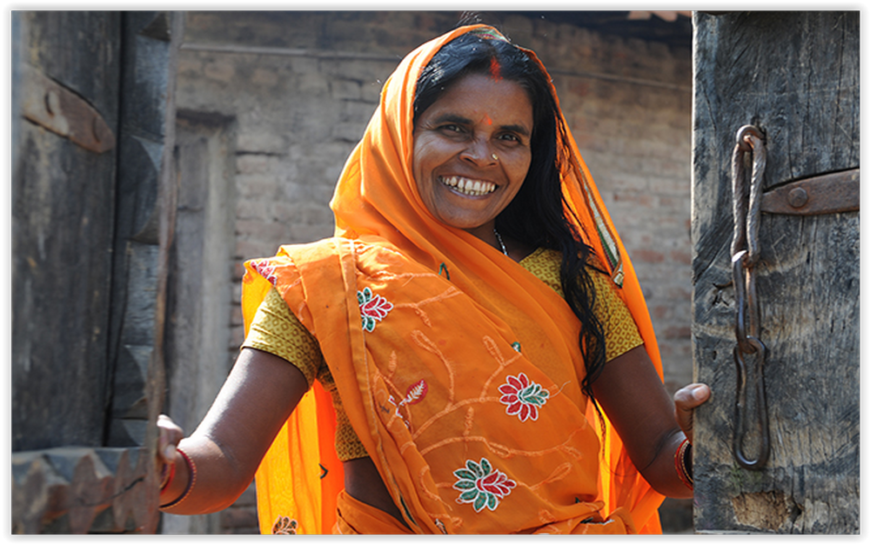Female Labor Participation Rate and Economic Growth in South Asian Countries
Imtiyaz Ahmad Shah, Imtiyaz ul Haq
Population Review
Volume 61, Number 1, 2022
Abstract:
This paper investigates the impact of economic growth on the female labor force participation rate (FLPR) in six selected South Asian countries by employing balanced panel data from 2000 to 2019. Pairwise Dumitrescu Hurlin Panel causality test is used to examine the panel causality test between economic growth and FLPR. Pooled OLS, random effects, fixed effect, PCSE, and dummy variable interaction models are used to examine the impact of economic growth. The panel causality test confirms a unidirectional relationship from economic growth to FLPR. The panel regression confirms the U-shape relationship in Pakistan, while Bangladesh, India, and Nepal predict inverse U-shape relationships. Maldives and Bhutan are showing an insignificant relationship between FLPR and economic growth. This study also indicates a joint significant and U-shaped relationship between FLPR and economic growth within six selected South Asian countries. The control variable female fertility, shows negative and significant while female education shows positive and significant impacts on FLPR. Therefore, governments of the region should frame various policies to improve the female labor market through access to education and various training programs. Further, they should provide access to child care, skill development, maternity provisions, accessible and safe transport, job reservations in different public sectors, and pattern of growth that generates more jobs.
Population Review
Volume 61, Number 1, 2022
Type: Article, pp. 43-57
Female Labor Participation Rate and Economic Growth in
South Asian Countries
Authors: Imtiyaz Ahmad Shah and Imtiyaz ul Haq
Authors affiliations: University of Kashmir (Shah); University of Kashmir (Haq)
Corresponding author/address: Imtiyaz Ahmad Shah, University of Kashmir, 190006;
email: Shahimtiyaz2017@gmail.com
Abstract
This paper investigates the impact of economic growth on the female labor force participation rate (FLPR) in six selected South Asian countries by employing balanced panel data from 2000 to 2019. Pairwise Dumitrescu Hurlin Panel causality test is used to examine the panel causality test between economic growth and FLPR. Pooled OLS, random effects, fixed effect, PCSE, and dummy variable interaction models are used to examine the impact of economic growth. The panel causality test confirms a unidirectional relationship from economic growth to FLPR. The panel regression confirms the U-shape relationship in Pakistan, while Bangladesh, India, and Nepal predict inverse U-shape relationships. Maldives and Bhutan are showing an insignificant relationship between FLPR and economic growth. This study also indicates a joint significant and U-shaped relationship between FLPR and economic growth within six selected South Asian countries. The control variable female fertility, shows negative and significant while female education shows positive and significant impacts on FLPR. Therefore, governments of the region should frame various policies to improve the female labor market through access to education and various training programs. Further, they should provide access to child care, skill development, maternity provisions, accessible and safe transport, job reservations in different public sectors, and pattern of growth that generates more jobs.
Keywords
Female labor force participation rate, economic growth, South Asia, U-shape
© 2022 Sociological Demography Press
MLA
Drioui, Chaimae and Fatima Bakass. “Fertility Preferences and Outcomes in Morocco: Does Women’s Empowerment Matter in Actual-ideal Gap?” Population Review, vol. 61 no. 1, 2022, p. 1-30. Project MUSE muse.jhu.edu/article/842810.
APA
Drioui, C., & Bakass, F. (2022). Fertility Preferences and Outcomes in Morocco: Does Women’s Empowerment Matter in Actual-ideal Gap?Population Review 61(1), 1-30. https://www.muse.jhu.edu/article/842810.
Chicago
Drioui, Chaimae, and Fatima Bakass. “Fertility Preferences and Outcomes in Morocco: Does Women’s Empowerment Matter in Actual-ideal Gap?” Population Review 61, no. 1 (2022): 1-30. muse.jhu.edu/article/842810.
Endnote
TY – JOUR T1 – Fertility Preferences and Outcomes in Morocco: Does Women’s Empowerment Matter in Actual-ideal Gap? A1 – Drioui, Chaimae A1 – Bakass, Fatima JF – Population Review VL – 61 IS – 1 SP – 1 EP – 30 PY – 2022 PB – Sociological Demography Press SN – 1549-0955 UR – https://muse.jhu.edu/article/842810 N1 – Volume 61, Number 1, 2022 ER –
Always review your references for accuracy and make any necessary corrections before using. Pay special attention to personal names, capitalization, and dates. Consult your library for more information on citing sources.




